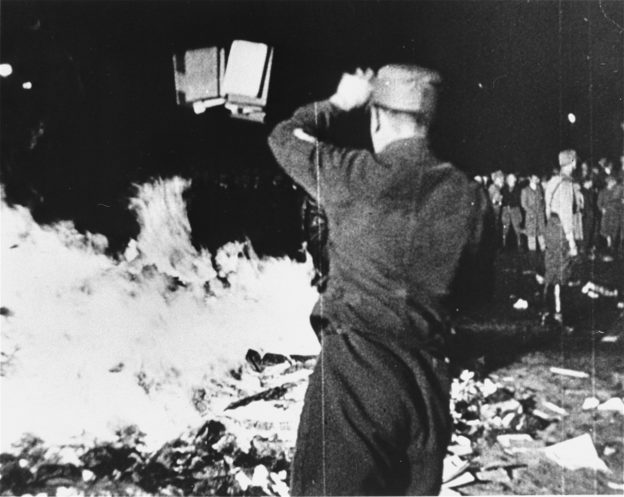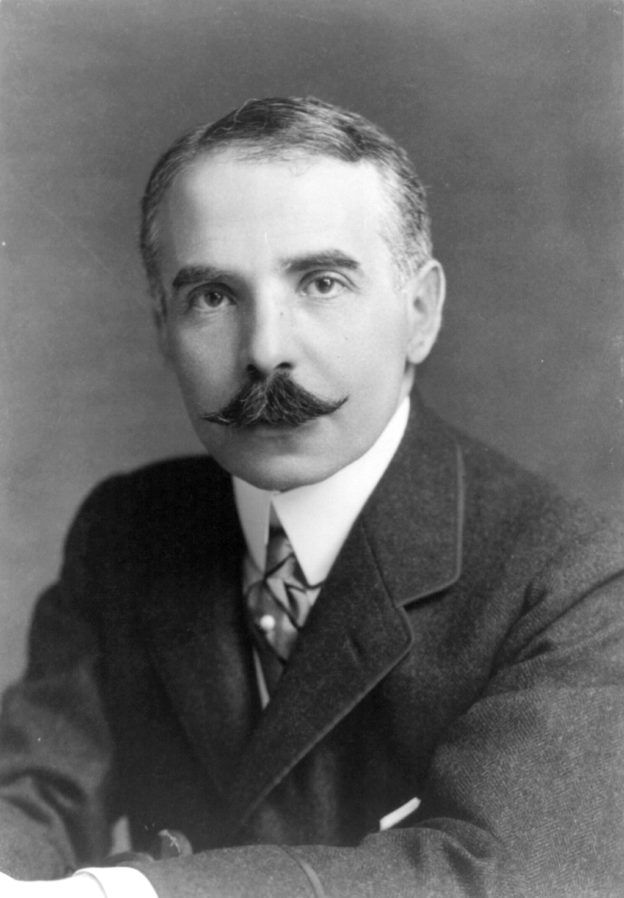Back in 2002, a Jewish plot was uncovered by an intrepid investigator and publicly revealed on something called the “Aztlan Communications Network,” the teratoid brainchild of one “Ernesto Cienfuegos,” a pseudonymic Mexican-American every bit as fixated on, and deluded about, Jews as any white supremacist or radical Islamist.
The conspiracy, which pops up in some electronic sewers to this day, is the devious “Jewish tax” that inheres, hidden in plain sight from unsuspecting Gentiles, in secret code on food packaging.
Long familiar to us Hebrews of traditional bent, the various kosher symbols, are, of course, indications that the product so marked was produced under the supervision of a rabbi expert in the intricacies of both kosher law and food science.
Mr. Cienfuegos explained, however, that the arrangement is decidedly unkosher; it is a sinister bilking of innocent non-Jews. If companies pay for a rabbi’s service, he unreasoned, the cost must be passed on… discreetly, of course… to consumers.
Moving back into reality, while companies do indeed pay for hashgachos (as they do for the Good Housekeeping Seal of Approval), the cost to companies is a very tiny fraction of a cent per item. And in likely all cases, the hashgachah-born increase in company market share – which, of course, is the impetus for a company’s desire to carry a hashgachah – actually decreases the price of products.
Nor is Mr. Cienfuegos compelled to buy one brand of gefilte fish over another. If he found the kosher item more expensive, he could simply opt for a brand that was not supervised by a Rabbi (which, one imagines, he would probably prefer in any event).
Anti-Semites, though, don’t like to be confused by facts; they have bigger things to do, like sow hatred and suspicion.
And so, now, enter a new food-borne Jewish plot: the menacing Impossible Burger.
You may recognize that creation as a non-meat-based patty that claims to be indistinguishable in taste and texture from a traditional hamburger.
But one Joseph Jordan and one Mike Peinovich claim to have uncovered the sordid truth. They announced on “Strike and Mike” – their paywall-protected white power podcast – that the fake meat is, as you may have suspected, part of a Jewish scheme to destroy the white race.
It is an odd accusation (aside from its essential oddness), since the scientist-founder of Impossible Foods Inc. is a lily-white gentleman by the name of Patrick O. Brown. But who knows? Maybe his decidedly un-Jewish name is as fake as his burgers, he has bleached his skin and hidden under his t-shirt lies a tallis katan.
It’s not entirely clear how the newfangled burger ties into the Jewish plot. But it apparently has something to do with the purported dangers of soy and an intent to, as Messrs. Jordan and Peinovich assert, “make it impossible for working people to be able to afford meat, make it impossible for working people to drive automobiles, make it impossible for average people to live in an industrial society.”
And should that case somehow prove less than convincing, Mr. Jordan adds, “They wanna make us into India!”
Making things even more undeniable, he adds that “the new breed of hyper-wealthy Judeo-capitalists in the tech industries especially” want to usurp industries currently run by “goys.”
Mr. Peinovich then provides the coup de grâce: “Oh, you’re not gonna believe this: it’s kosher!”
Oh, no! They’re on to us!
Jew-hatred is so intriguing. Over the course of history, some of it has been of a racial nature. But much, too, has been rooted in religion. Some of it has been political, and some, economic. The target, though, has always been the same.
Human beings connected even rudimentarily to reality should be able to realize that there are no Elders of Zion (at least none who aspire to world control), and no Jews who murder Christians to mix their blood into matzos. And yet, there are, quite literally, millions of people in certain parts of the world who subscribe to such myths. And some who come up with creative new ones, like plots to use hechsherim to bilk the public, or soy to poison it.
While the surprising eruptions of anti-Semitism in unexpected places and the sheer creativity and irrepressibility of Jew-hatred are rightful causes of concern for us Jews, there is also something curiously invigorating about it all.
For it points to what underlies all Jew-hatred: a disorienting suspicion that Klal Yisrael is somehow special. However odd it might seem of G-d, as the famous couplet goes, He did indeed choose the Jews.
What anti-Semites don’t understand, though, is that the mission for which we have been chosen isn’t to subjugate or appropriate but to educate. Keep it under your hat, Ernesto and Joseph and Mike, but Jews are chosen to live lives of holiness, of service to G-d and man, and to serve thus as examples to the rest of mankind.
In other words, fellas, yes, there’s a plot. No conspiracy, though; there’s only one Plotter.
© 2019 Hamodia









